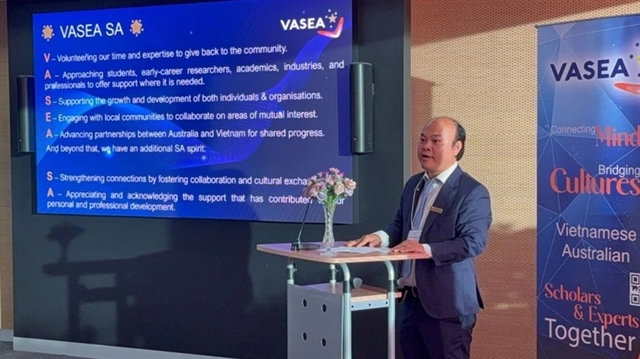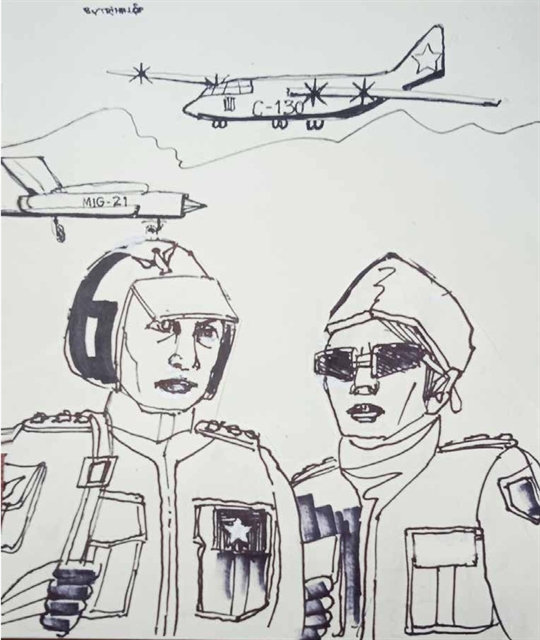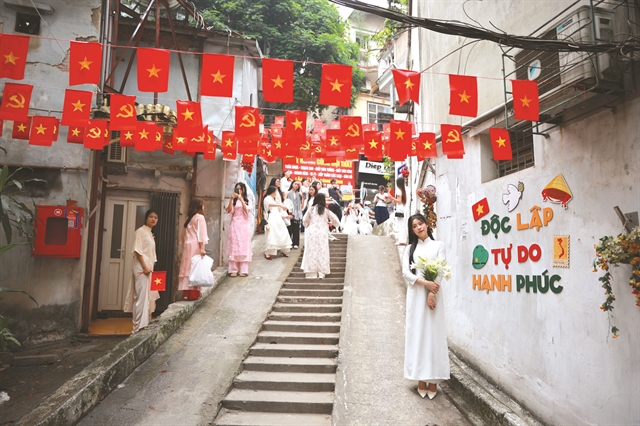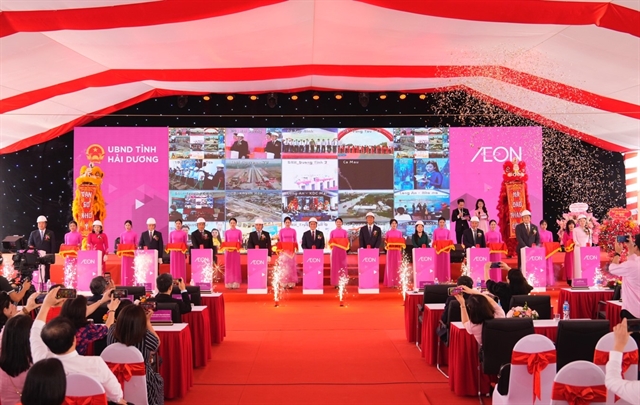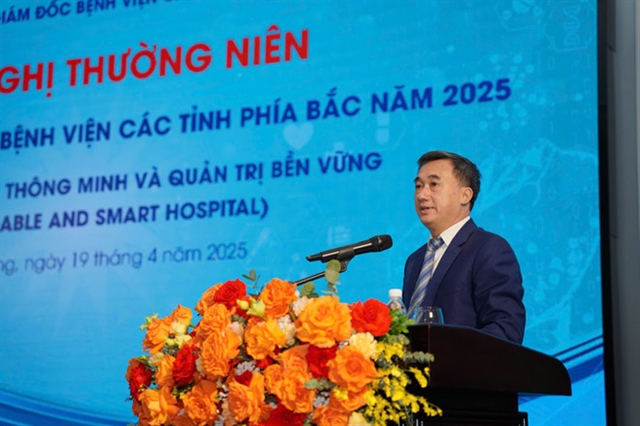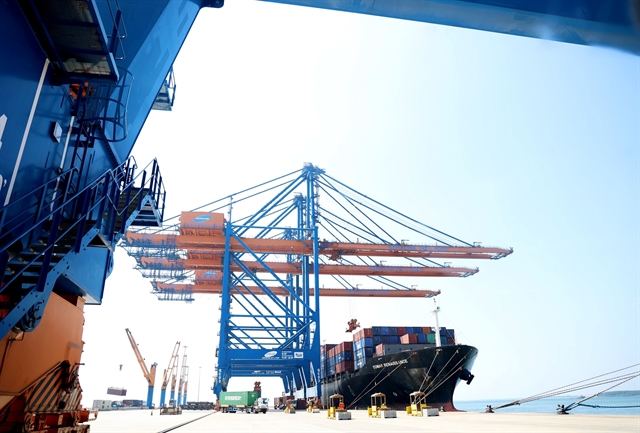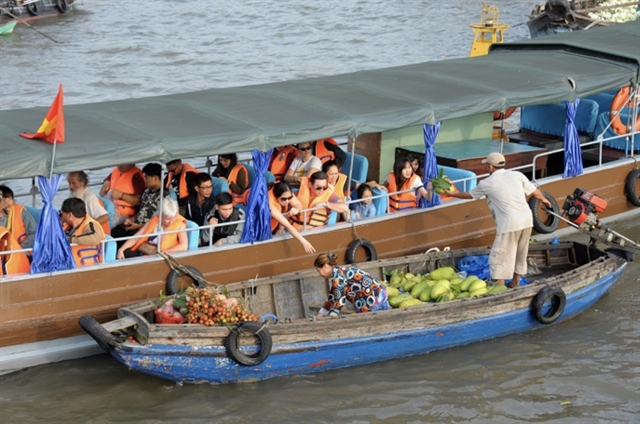 Life & Style
Life & Style

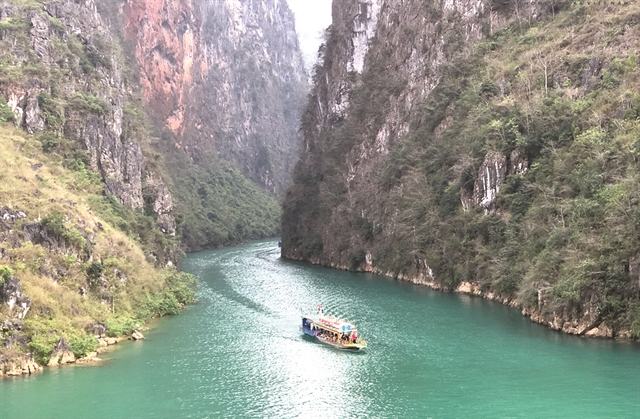 |
| The Nho Quế River in Hà Giang Province is famous for its enchanting beauty, with turquoise water and stunning landscapes. VNA/VNS Photos |
Thanh Hà
Việt Nam's huge potential in river tourism -- thanks to its diverse river and canal networks -- has not been developed adequately. Experts have listed a lack of investment and proper attention as main causes, and called for strong action to change the situation.
"River tourism has currently emerged as one of the most important types of travel in the global tourism industry," said Nguyễn Anh Tuấn, director of the Institute for Tourism Development Research (ITDR).
"This type contributes to diversifying tourism products. People can enjoy ecotourism, adventure tourism and cultural tourism to historical heritage sites during their waterway journeys."
According to the ITDR's statistics, Việt Nam is home to more than 2,360 large and small rivers, with a total length of about 41,900km.
This shows the massive potential for building diverse and unique river tourism products to promote river tourism in Việt Nam.
In the North, the Red River system is an important transport route, with many historical heritage sites, scenic spots including ancient craft villages along its banks, such as Bát Tràng Pottery Village, Bút Tháp Pagoda and Đô Temple. These areas attract a huge number of tourists every year.
Meanwhile, the Hương River in the central city of Huế is famous for its poetic beauty and connection with the historical heritage of the ancient imperial capital.
In the South, the Mekong Delta criss-crossed with canals is ideal for developing ecotourism and exploring river culture through floating markets like Cái Răng and Phong Điền.
Multiple riverine areas in Việt Nam have diverse ecosystems that are home to many rare species of animals and plants, including national parks like Tràm Chim in Đồng Tháp Province, U Minh Thượng in Kiên Giang, and Cát Tiên in Đồng Nai.
Not only are they famous ecotourism destinations, these wetlands also contribute to preserving biodiversity and the natural environment.
Several localities have focused on developing river tourism and already achieved successes, such as tours on the Nho Quế River in Hà Giang, tours of the Hương River in Huế, and HCM City's Sài Gòn River.
However, many river tours are not being exploited properly, drawing in few tourists. These may eventually be forced to stop operating.
Participants at a recent conference on "River Tourism Development in Việt Nam -- Orientations and Solutions" shared some main factors for the ineffectual operation.
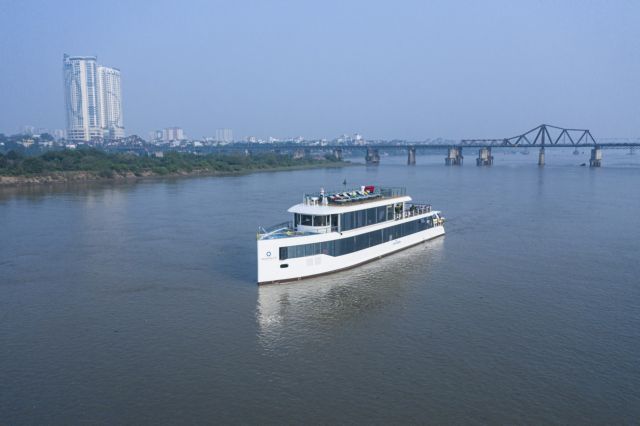 |
| A luxury cruise ship, Jade of River, sails on the Red River through Hà Nội |
According to Tuấn, one of the biggest barriers to river tourism development in numerous localities is poor waterway transport infrastructure.
Many river routes have not been properly invested in terms of transport infrastructure, making it difficult to travel and exploit tourism. In the Mekong Delta, many sections of the river have not yet been dredged, leading to sedimentation, affecting the circulation of tourist vehicles.
The tourism industry still lacks a comprehensive and long-term strategy, including a lack of promotion and brand building for river tourism.
"River tourism activities are spontaneous and fragmented. There is almost no connectivity, cooperation and information sharing between localities," Tuấn said.
"The lack of wharves, traffic routes between tourist sites and care for the beauty of the riverscapes are among many disadvantages, leading to ineffective and poor services and reduced attraction for tourists.
"Promotion activities are not getting enough care, so river tourism could not develop as well as other types of tourism. Việt Nam has not built its own river tourism brand and international recognition, reducing its competitiveness with other famous river tourism destinations in the region such as Thailand and Cambodia," he added.
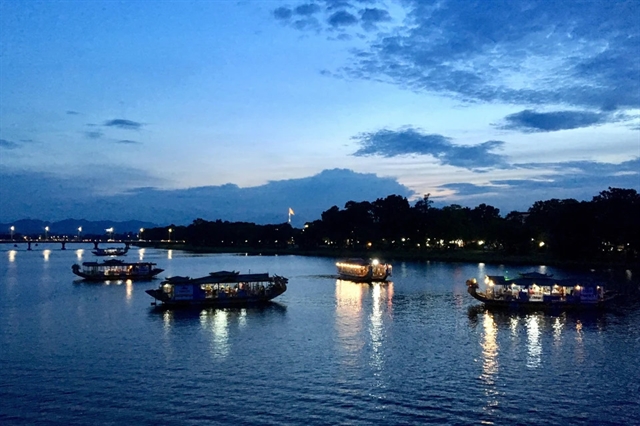 |
| A boat trip on the Hương River by night is a top suggestion for tourists in Huế City. |
According to Nguyễn Hữu Ân, deputy head of the Planning and Tourism Resources Development Department under the HCM City Department of Tourism, the city lacks large-scale inland waterway wharves to park restaurant and hotel ships. Currently, only the Sài Gòn Port can accommodate large ships.
"A lack of favourable mechanisms and policies along with complicated procedures and overlaps in management reduce investment motivation," Ân said.
"Despite efforts from the local authority, water pollution and the overgrowth of hyacinth on the water are quite serious. It strongly affects the city's river tourism development."
His opinion was supported by the Ministry of Natural Resources and Environment, which recently said that pollution in various rivers, such as the Tô Lịch and Nhuệ in Hà Nội, and the Sài Gòn in HCM City, reached alarming levels. Pollution has not only reduced land value but has also created many other challenges to tourism development.
Action needed
Phạm Văn Thủy, deputy director of the Việt Nam National Authority of Tourism (VNAT), said creating an attractive product package to promote the development of the tourism industry was required.
"It is necessary to clearly identify the current problems, limitations and potential issues to come up with suitable directions and solutions for the sustainable development of river tourism," Thủy said.
"New products need to be built on the basis of strengthening connections among localities with riverscapes, and based on products that have been and are being exploited."
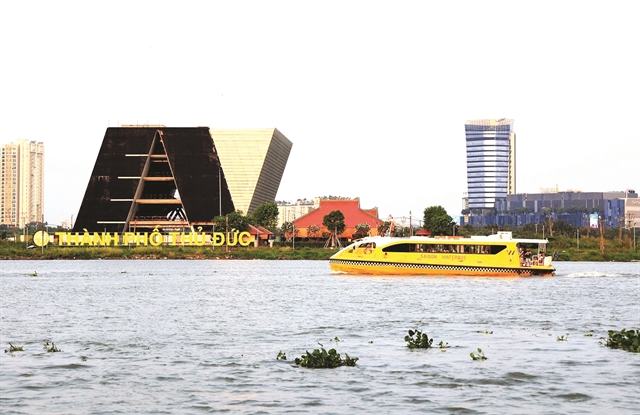 |
| HCM City's Department of Tourism identifies river tourism as one of the main ways to attract tourists with diverse products along the Sài Gòn River. |
Trần Diễm Hằng, head of the Hòa Bình University Tourism Department, Hà Nội, said building a unique and impressive Vietnamese brand was extremely important to attract tourists to experience river tourism products.
"It is necessary to create an image associated with Vietnamese culture, nature and people. It is also necessary to regularly organise tourism and cultural events and festivals on the rivers. Meanwhile, travel companies and local authorities should build attractive river tour packages to attract tourists," she said.
Tuấn agreed, saying that each river in Việt Nam has its own history, stories, culture and ecosystems. Developing specific tourism products based on these values would make a difference and draw tourists' attention.
Agencies should combine a variety of activities in their tours, such as visiting historical, spiritual and cultural heritage sites, experiencing traditional festivals and traditional agriculture at tourist attractions and riverside villages. VNS

